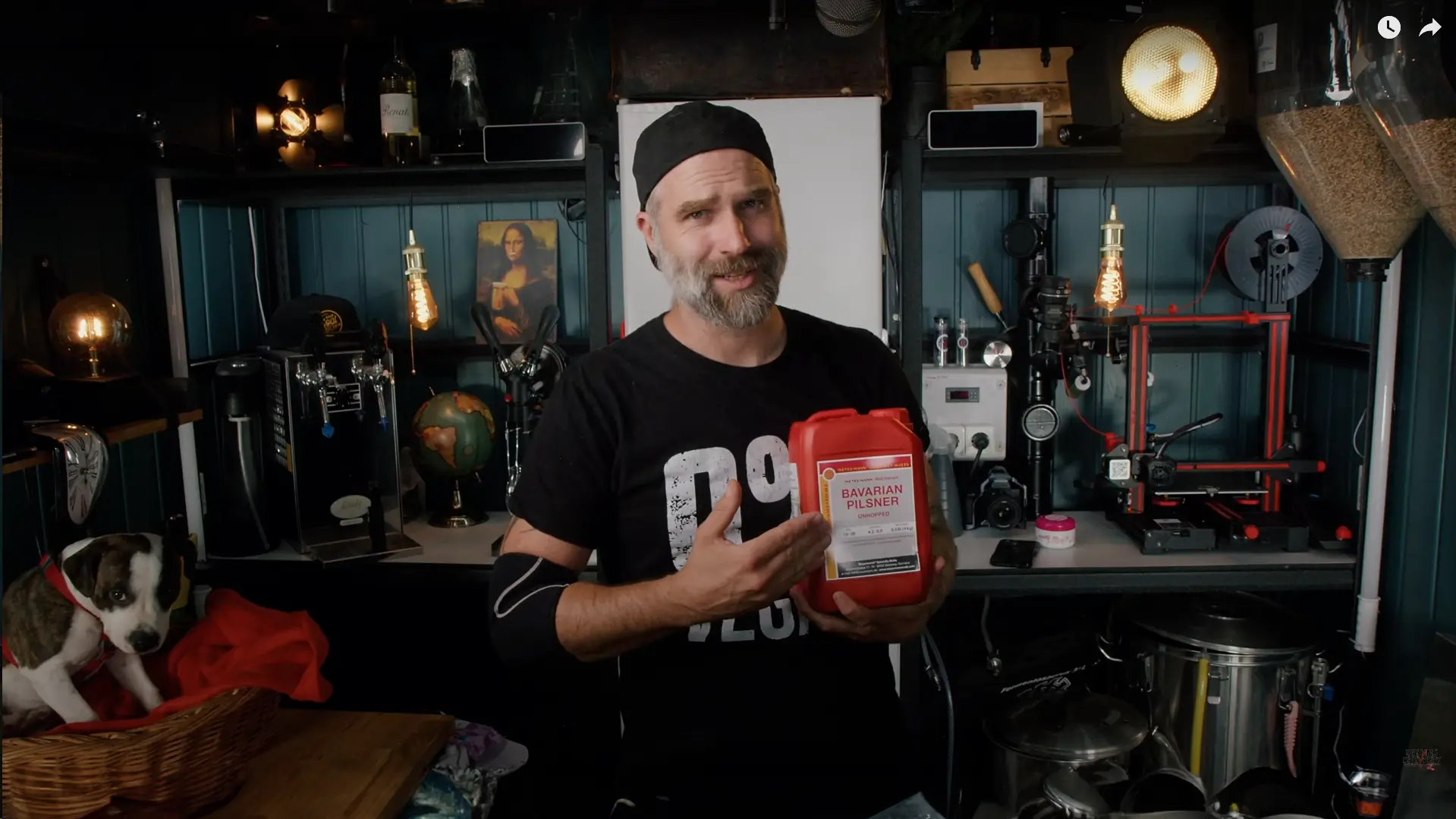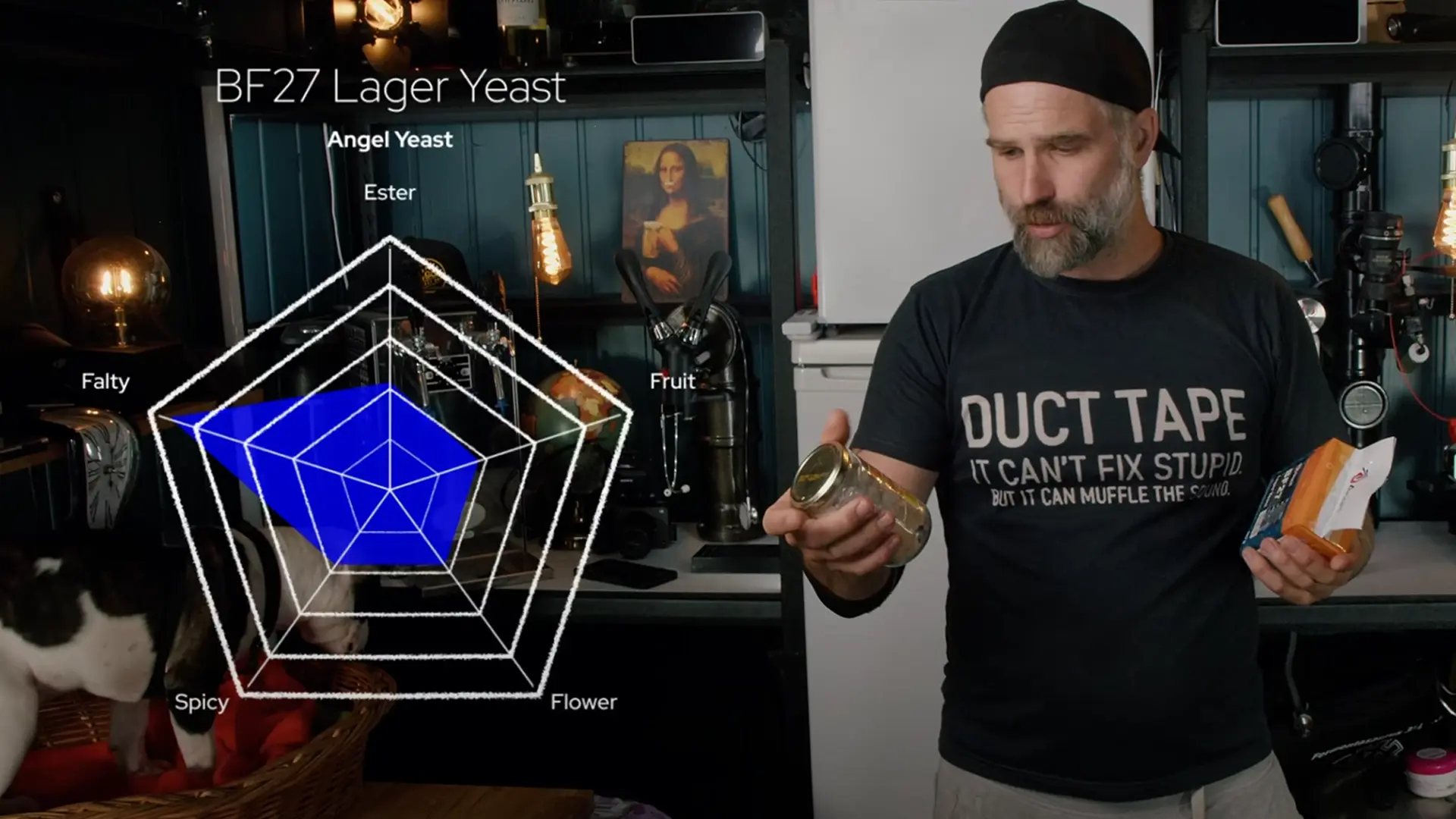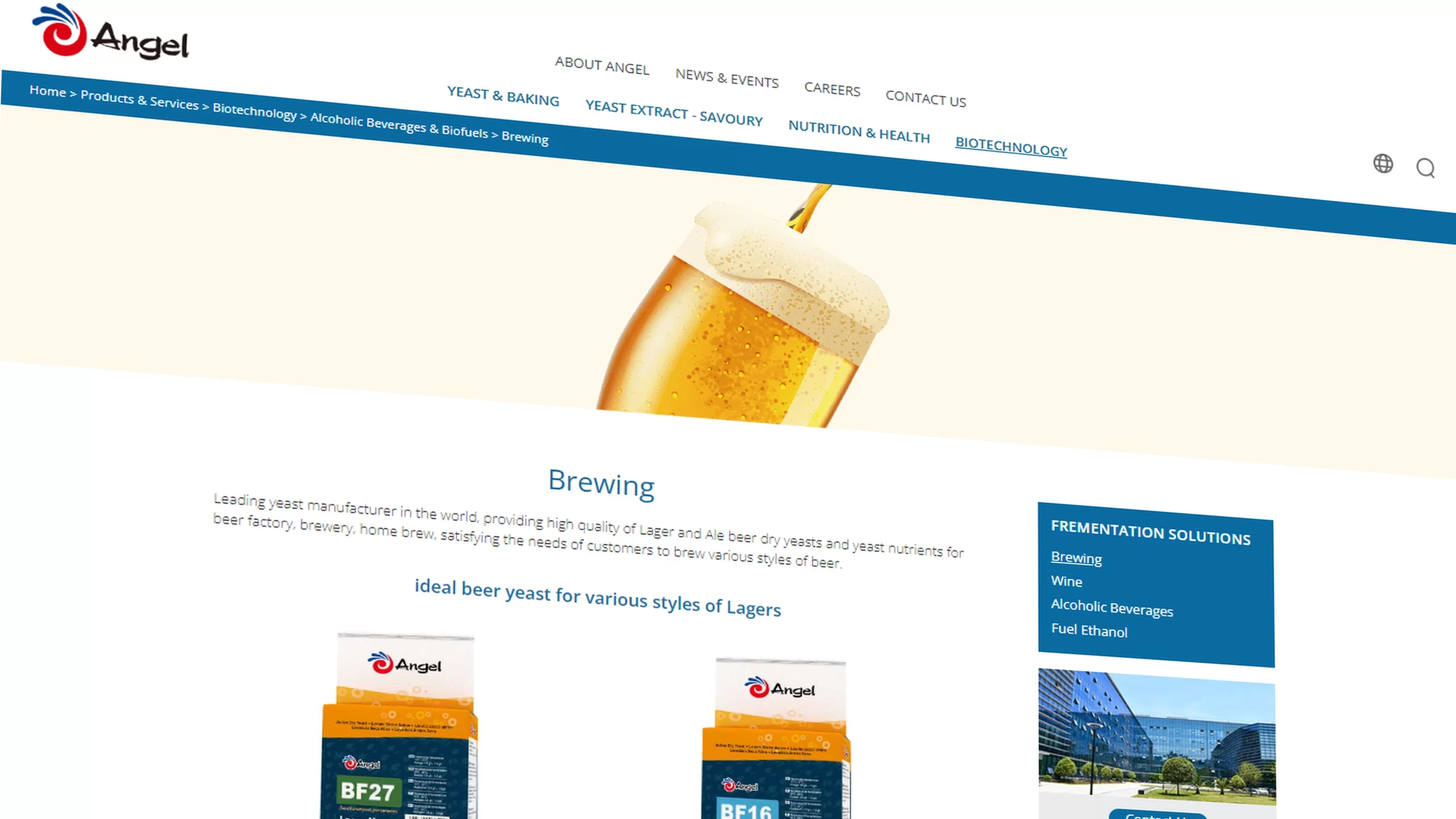My Brewing Journey with Liquid Malt Extract (LME)
Title: My Brewing Journey with Liquid Malt Extract (LME)
Introduction
For a long time, I’ve had my doubts about using Liquid Malt Extract (LME) in brewing. Most of my experience has been with Dry Malt Extract (DME) or all-grain brewing, and my early attempts with LME left a bad taste—literally. But I couldn’t shake the feeling that I might have written off LME too quickly. In this experiment, I set out to challenge my own biases and discover once and for all: Does LME really suck, or have I been missing out?
The Brewing Process with LME
I decided to brew a Pilsner, one of my favorite styles, using LME as the malt source. I went with Bavarian Pilsner LME, a type of un-hopped liquid malt extract, and worked with Angel Yeast’s BF27 Lager yeast, along with their BrewNutri-Z yeast nutrients. For hops, I used a mix of Perle, Magnum, and Saz in equal portions. The brewing process was relatively simple compared to an all-grain brew, which is part of LME’s appeal. It’s a quick and easy alternative for homebrewers who want to save time without compromising on quality (it says).

Why I Had Doubts About LME
My skepticism about LME stems from my early days as a homebrewer. The first few times I used LME, the results were less than stellar. I ended up with beers that didn’t measure up to those brewed from other malt sources like all-grain and even DME. For years, I avoided LME because I believed it wasn’t capable of producing the quality I wanted. When fellow brewers asked me about using LME for the Shake N Brew method, my knee-jerk reaction was to say: “Don’t do it. Use DME instead.”
But as a brewer who loves experimentation, I couldn’t leave it at that. I needed to test my assumptions and see if LME could redeem itself.

The Experiment: Brewing with LME
The goal of this experiment was simple: brew a high-quality Pilsner using LME and see if the results could compare to my DME Pilsner. I used Angel Yeast’s BF27 Lager yeast for fermentation and their BrewNutri-Z to ensure the yeast was well-nourished. Working with LME was similar to DME—just measure, mix, and go. The shaking process to dissolve the LME was quick, and fermentation proceeded as expected.

The Results: Pouring and Tasting the LME Pilsner
Once fermentation was complete, I kegged the beer and let it lager for a few weeks. The moment of truth came when I poured the Pilsner into a glass. The beer had a golden color with a clean, white head. It wasn’t crystal clear, but close enough—exactly what you’d expect from a well-lagered Pilsner.
To my surprise, the beer tasted clean, crisp, and refreshing, with a nice balance of malt sweetness and bitterness. The usual “homebrew” taste I associated with LME was absent. Instead, I had a well-rounded lager I’d happily serve at any gathering.

Final Thoughts: Was I Wrong About LME?
In a word: Yes. I was wrong to dismiss LME so quickly. This experiment proved that with the right techniques and ingredients, you can brew an excellent beer using Liquid Malt Extract. While I still love my DME and all-grain brews, LME has earned a place in my brewing toolkit—especially when I’m short on time but still want to produce quality beer.
The LME Pilsner turned out better than expected, and it’s changed my perspective on extract brewing. The next step is to compare this LME brew directly with a DME brew, which will be the focus of my upcoming video. Stay tuned for that comparison!
The Recipe: Shake N LME Pils
Here’s the recipe I used for this beer, which you can try using the Shake N Brew method:
-
Ingredients:
- 4 kg of Pilsner LME (un-hopped)
- 25 grams of Magnum hops
- 25 grams of Saaz hops
- 25 grams of Perle hops
- Angel Yeast BF27 Lager yeast (or Saflager 34/70 as a substitute)
- BrewNutri-Z yeast nutrients (or your yeast nutrients of choice)
-
Process:
- Mix Dry Ingredients: Add the LME to a keg or fermenter.
- Boil and Add Water: Add the hops and Yeast nutriants to the empty LME container, Boil 1.7 liter of water and add it to LME container, then shake the LME container to get all of the LME, pour everything into the keg and shake vigorously to mix and aerate the wort. Leave it to steep for 10 minutes to extract bitterness from the hops.
- Cool and Add Cold Water: After steeping, add 25.3 liters of cold water directly to the keg to lower the temperature, stopping the bittering process and bringing the wort to a yeast-pitching temperature.
- Pitch Yeast: Once the wort is cooled, pitch Angel Yeast BF27 Lager yeast (or Saflager 34/70).
- Ferment: Ferment under pressure at around 20 PSI. Begin fermentation at 20°C for 2 days, then gradually ramp up to 25°C over 3 days. Let it sit at 25°C for another day before cold crashing.
- Clarify: If your beer doesn’t clear up after fermentation, try adding gelatin as described in this video->
A Shoutout to Angel Yeast
I want to give a big thanks to Angel Yeast for supporting this project. Their BF27 Lager yeast is a powerhouse, delivering clean and crisp results even when things don’t go as planned. You can explore their full range of brewing products here->

Conclusion & Call to Action
Have you brewed with LME before? What were your results? I encourage you to try this Pilsner recipe and share your experience. If you’ve avoided LME like I did, now might be the time to give it another shot.
For those interested in the detailed recipe, you can download it [here]. Follow me on Instagram and Facebook for brewing tips, behind-the-scenes content, and join the DrHans Brew Crew on Patreon!
Social Media and Contact Information:
Instagram: https://www.instagram.com/drhansbrewery
Facebook: https://www.facebook.com/drhansbrewery
Webpage: https://drhansbrewery.com
Contact Email: drhansbrewery@gmail.com
Support and Merchandise Links:
Check out the brewing gear: http://bit.ly/drhanssf
Get the FREE brewing ebook: http://bit.ly/DrHans
Buy me a virtual beer: https://bit.ly/ByMEaBEER
Support on Patreon: https://bit.ly/2V5Zsgz
Exclusive merch: https://bit.ly/DrHans-Merch



Recent Comments